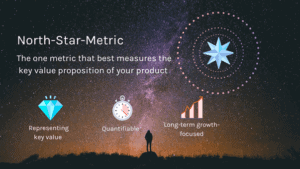At an age when they should (or we just wish they would) hang up their leather trousers and retire, more and more ancient rockers are embarking on yet another tour with The Rolling Stones top of the list.
Prior to Covid, The Rolling Stones (of course!), Madonna, The Who, Neil Young, Rod Stewart, Pearl Jam, Queen, and even Ringo Starr were all performing on stages around the globe. Given that many of them are nearing or way past grandparent-age, you might wonder why they’re still bothering so many years after their first taste of fame.
The performers will say it’s because they love it and that they ‘don’t want to let the fans down.’ But there’s another hard-nosed reason to get their weary old bones back on the tour bus. And it’s this: touring boosts their profits in a way that digital music sales and royalties can no longer do.
“With digital music so freely and widely available, hardly anyone makes money off sales or royalties these days,” reported Mike Rowell in an article for Forbes.
Top performers can take home 35% of the night’s gate sales and up to 50% of the money made from merchandise sales, according to Forbes’ journalist, Peter Kafka. Their record labels are likely to receive none of that, which means the stars are likely to receive a whopping payout for their performances.
Singing aside, what can you learn from the likes of Mick Jagger when it comes to your business?
To focus on the part of your business that brings the most profits. The Rolling Stones could have retired decades ago and waited for the income from album sales and royalties to trickle in. Instead, they made the decision to continue to tour and have generated many millions as a result. In just under three years, for example, the band’s overall concert grosses topped $401 million, according to Billboard.
The following story also illustrates why it makes sense to focus on the most profitable part of your business.
A major US direct marketing company with over $1 billion in annual sales recently reviewed its database to determine where its profits were coming from, B2B or B2C. At that time, 50% of its sales were to consumers and 50% to businesses. I was shocked to discover that the profits on the business sales were 500% better than those to consumers. Most consumer sales weren’t even profitable even though they represented the majority of customers, transactions, and expenses.
The decision was made to focus on B2B sales. It required a significant turnaround in the business: at that time, the company employed 500 people taking inbound calls from customers and only 100 people making outbound calls to businesses.
The change took two years. By the end of that period, 95% of its sales were to businesses and only 5% to consumers. Sales flourished. They had been growing at 21% before the turnaround but by the end of the two years averaged 50%. Profit growth was equally dramatic.
So, what can you do to boost your profits besides cutting costs? For a start, identify your most profitable customers and then do everything possible to increase sales to that segment of your business. Focus on attracting more customers like them.
Want further reading on profit? We outline 3 of the 4 factors for increasing profit in our blog Critical Factors For Improving Profit
Fortunately, it’s not something you have to do alone. A part-time CFO (Chief Financial Officer) will help you to accomplish a more profitable company with less stress and hassle than if you were to try to do it on your own. Watch our 3-minute video on How it Works, which explains the part-time CFO model from the CFO Centre.










